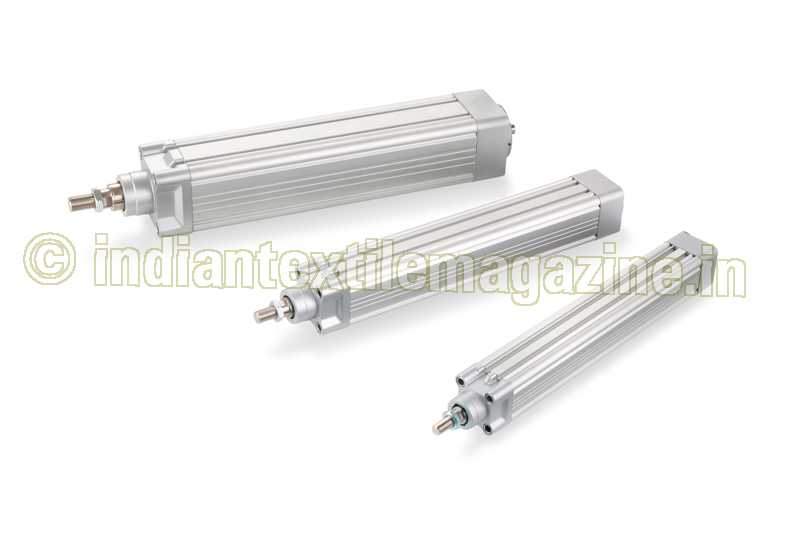SKF has just announced that the SKF CASM electric cylinder, a BeyondZero Portfolio product, reduces CO2 emissions in a wide range of industrial applications. In a recent study in India with Indian Textiles, an SKF customer who replaced hydraulic lifts in a textile printing machine with two SKF CASM electric cylinders, a decline in energy use estimated to be 7 MWh per year was observed. This reduction translates into a CO2 saving of 5.3 tonnes per year for one machine according to world power grid mix CO2 factor of 0.749 kg CO2e/kWh.
 “In India, we replaced hydraulic lifts, but the potential CO2 emission reduction that can be achieved by replacing pneumatic systems with the CASM is immense when looking at the number of factories around the world,” says Markus Lieberherr, Business Development Manager, SKF Industrial Automation.
“In India, we replaced hydraulic lifts, but the potential CO2 emission reduction that can be achieved by replacing pneumatic systems with the CASM is immense when looking at the number of factories around the world,” says Markus Lieberherr, Business Development Manager, SKF Industrial Automation.
“The difference between using our old hydraulic lifting system and the SKF CASM 63 is huge when it comes to the environmental savings and impact. We no longer consume 400 litres of hydraulic oil per year,” says Niki Thakore, Managing Director, Indian Textile Engineers. “Second, our customers reduce energy usage. With 5,000 machines in India, this means our customers save around $750,000 per month.”
The SKF CASM electric cylinder is an energy-efficient electro-mechanical solution for replacing conventional pneumatic cylinder systems. Compressed air is typically a very inefficient way to transmit power, and systems often require constant power in order to maintain air pressure, even when the actuators are not moving. SKF CASM electric cylinders only require energy during movement. This allows customers to realize an energy use reduction of up to 90 per cent when they replace pneumatic cylinders with electric cylinders. Additionally, electric cylinders are virtually maintenance-free, meaning significant reduction in maintenance costs.
Pneumatic cylinder systems are used around the world in a range of industries, but most intensively within packaging, factory automation, food and beverage and material handling industries.